Dear Earth,
There is no such thing as silence.
Sometimes it is good to take a break from all the noise inside the
Hab: we are constantly surrounded by the deep hum of the diesel
generator, the regular drop hammer of the water pump, the proverbial
quarrelling of the card game (“why on earth did you throw away that
ace of spades?!”), the occasional scratch of the walkie talkies, the
hunger-triggering rotation of the bread machine…
That might partly explain why Xavier wanted to perform Sol 18’s EVA
with the radios turned off. Other explanation: it allowed him to take
notes on how natural is the set of gestures we established, based on
scuba diving. The EVA had three main objectives: first, I tested the
newly-implemented vocal recorder of the AR glasses during the
engineering check, given that we could not transmit the measurements
to the Hab.
Then, Xavier took the lead to investigate the area where the balloon
was last seen. Still silently, Mouâdh, Xavier and I recovered the
anchor and the rope that had visibly been violently pulled out of the
balloon’s platform. No more evidence have been found on the balloon’s
destiny, but it is likely to have fallen down at night when the air
inside could no longer be heated by the sun. Given the wind direction
yesterday, it must have gone south of our settlement, many miles away.
The final task we performed was to recover the seismometer before the
end of the mission. The briefing we did yesterday was precise enough
to allow us to pack everything silently and go back to the Hab with an
ATV and a rover. In the end, it appears that we were perfectly able to
communicate instructions with gestures only, if we were correctly
prepared. Normally in such a situation with all the radios off, the
safest decision would be to abort the EVA and go back to the Hab, but
it seemed important to test it and improve our protocols.
At noon we figured out that we had just enough dehydrated eggs left to
mix them with flour, sugar and milk, following the traditional French
recipe of crêpes. The psychological effect was overwhelmingly
positive, in these times of end-of-mission food shortage.
The afternoon was very calm, everyone working on his part of the
Mission Summary Report, listing the results of our experiments and
repairs. It seems that we have been very inspired: now we have to cut
half of the text to meet the format required!
Ad Astra!
Arthur Lillo
Commander of the silent Crew 175
GreenHab Report – March 2nd
Green Hab Report – Sol 18
Report written by: Victoria DA-POIAN (Crew Biologist)
Date : 03/02/2017
Functionality: The heater in the green hab is working well. Today was a very sunny day. I checked the temperature in the GreenHab this morning. It was around 35 Celsius degrees around 10:15 AM while the temperature in the tunnel was around 7.6 Celsius degrees. I switched on the cooler (on stage 2).
The GreenHab temperature was 19 Celsius degrees at 6:00PM while it was 8 Celsius degrees in the tunnel. I watered the seedlings this morning and I did this afternoon.
Status: The existing seedlings in the greenhab are continuing to grow well. There are spinach, lettuce, radish, and beans growing very well in the small pots. I planted a new lettuce today.
The Vegidair is functionning well. The pump is working well (it was making strong noise in the morning, so I added water). The day/night cycle seems to have some issues, we wll investigate that.
Unfortunately, there will not be a new crew to take over after us so I am worried about this.
Science Report – March 2nd
Science Report
Experiment: Optinvent AR Glasses
Person filling in the Report: Louis Maller
Today the glasses were taken on a non-verbal EVA, worn by Arthur Lillo. They were connected to my computer in the Hab by LAN, so I could access to the glasses camera, and the files inside the glasses.
Today’s EVA was to be done without any radio comm from and between the EVA buddies (they could only receive instructions from the Hab). So the glasses were quite useful as they allowed to monitor their activities, see what they were doing.
A screenshot of the image was used to get to know the level of water inside the tank.
Head movement detection was used to record a certain amount of information using the voice record function. I was able to access the files from inside the hab as soon as they had been recorded (or as soon as the glasses were back in range), so that way we had information of the level of the two trailer tanks, gasoline tank, propane, and state of Deimos with only a slight lag.
When the crew went to check propane, the signal was lost. When they came back, we instructed the glasses’ bearer to nod in order to relaunch AirDroid. It worked, so I regained signal and was able to access to the data that had been stored.
From inside the hab it was quite a success.
I could see on the camera that Arthur was frequently using his glove in front of his face, in order to better see the screen of the glasses, so the visibility of the notifications is still an issue. Arthur told me that indeed it would have been nice to have a continuous signal on the screen indicating that the recording is ongoing.
There are a few instances when the recording ran to its maximum time (5:17).
The movements necessary to launch these actions are also new to him, so sometimes I think he moved maybe with too much or too little amplitude, and of course being in the helmet and wearing the backpack make some of these movements difficult. His feedback is that the movements should be easier to do inside the helmet. The difficulty with that is that the movement should not be so easy to do that they would be done accidently all the time. I think also what lacked is training to properly do the movements in an efficient way.
The glasses are connected to a portable battery charger, so they should not run out of charge at all during the EVA, nor display the battery alert prompter at any time.
They came back near to the hab at around 1000 and I could regain connection with the glasses, see through the camera and download files.
The quality of the recording is all right, even though the reverberation in the helmet can make it hard to understand, and it is worse when there is wind.
Experiment: Seismometer
Person filling in the report: Mouadh Bouayad
The seismometer has been recovered today from its place, and the hole it was in filled in. The data was recovered with it and analyzed in the days to come.
Experiment: Solar Balloon
Person filling in the report: Simon Bouriat
The EVA today recovered the balloon’s anchor, and the part of the platform to which it was attached. We can therefore conclude that it detached from the rest of the platform, as the balloon drifted away.
Sol Summary – March 2nd
Person filling out Report: Louis MALLER, XO
Summary Title: The Artists
Mission Status: successful silent EVA in the morning, all systems go, work on experiments ongoing
Sol Activity Summary: EVA, science work on different experiments, sport
Look Ahead Plan: Tomorrow we will go for a last EVA, debrief the mission, and prepare to exit the Sim.
Anomalies in work: gave up on the 3D printer, clock in the living quarters not functional
Weather: sunny, no wind
Crew Physical Status: Injured crewmember conditions stable, one crewmember with a slight headache, rest of crew feeling well
EVA: non-verbal EVA for balloon debris recovery, AR glasses tests and seismometer recovery – success
Reports to be filed:
– Commander report
– Operations report
– Journalist report
– GreenHab Report
– EVA #17 report
– EVA #18 request
– Science Report
EVA Report – March 2nd
Crew members (3) : Xavier Rixhon (EVA leader), Mouâdh Bouayad and Arthur Lillo (EVA buddies)
Location: Hab surroundings and South of the Hab (12N 518500, 4250000)
Vehicules : Rover Deimos and ATV 350 #3
Time : departure at 09:00 am and back at 10:02 am
Duration : 1 hour
Purposes:
• Understanding why the balloon flew away shortly after EVA#16
• Searching for balloon crash site and potentially retrieving the platform with the equipment
• Unburying the seismometer from its working place and bringing it back to the Hab
• Even if we take the radio switched ON with us, as soon as the engineering check is completed, we’ll try to complete all these tasks staying silent and using hands motion inspired by scuba diving
Summary:
Crew Photos – March 1st
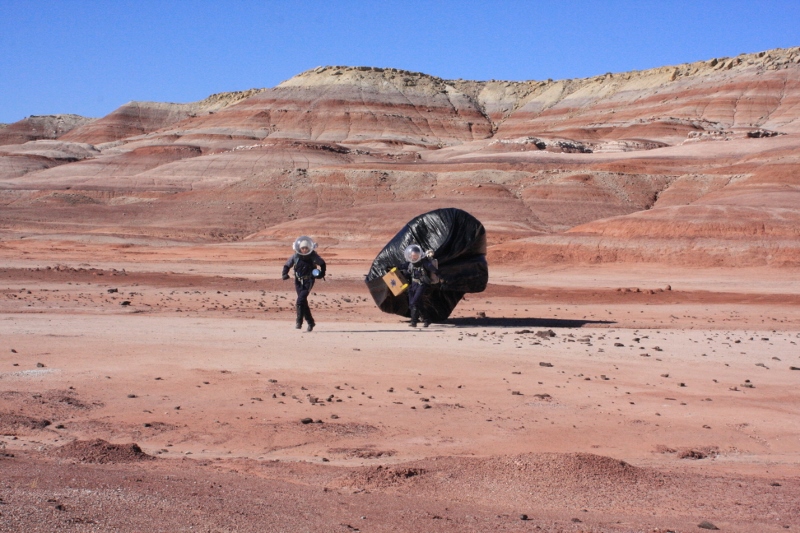
Inflating the balloon 1
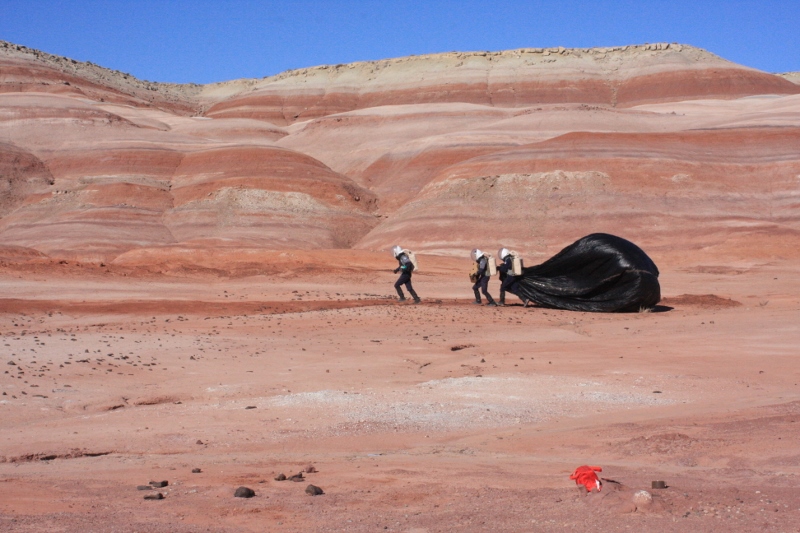
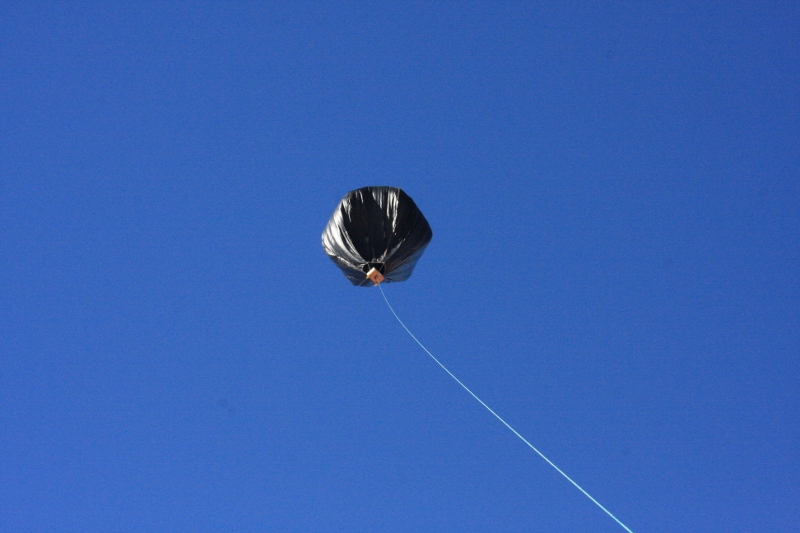
Balloon gaining altitude
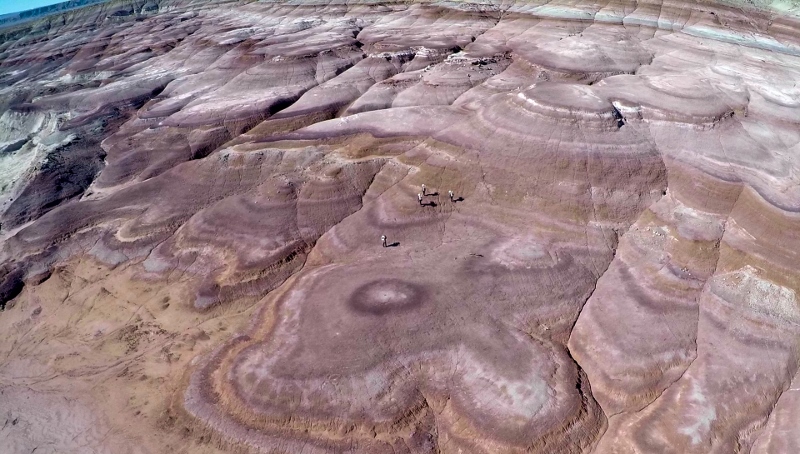

Station from the sky
 Station seen from above
Station seen from above
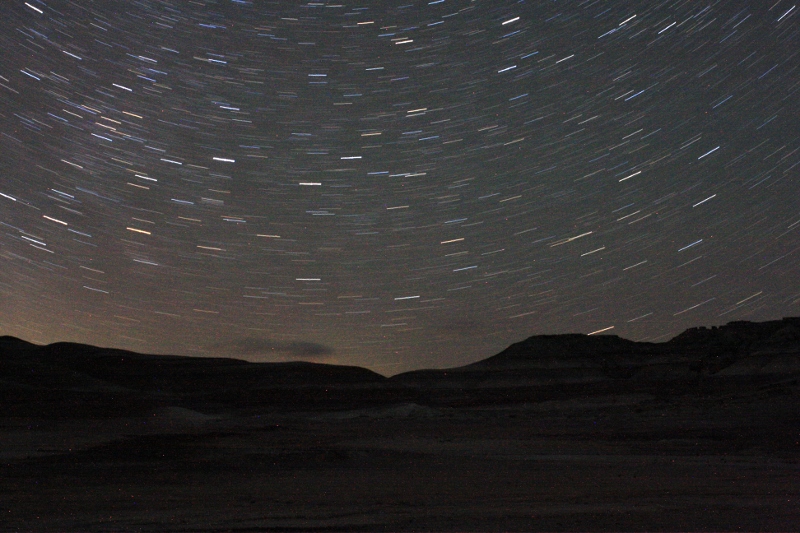
Earth is actually going round
Journalist Report – March 1st
Journalist report, 03/01/17 – Sol 17: R.I.P little balloon.
Today’s EVA was all about the atmospheric balloon. It was forced to remain on the ground for many days, and finally, we were supposed to let it fly for 24 hours, in front of the hab, to have a look on it, even if we would not be able to intervene in case of any problem happening. Simon, Mouâdh, Arthur and Louis (who shot today’s photos) left at 9:00 am by foot to deploy it. After some time spent to attach it properly, it was time to inflate it. It is always the trickiest part: three crew members have to run together, holding it, to let air fill it up. It was not very successful at the beginning, being troubled by the wind. But after about half an hour, it went straight up, to reach its maximum altitude. This time, Simon had fixed the camera on the side, so that with a little luck, we would be able to have a picture of the hab. We now know that we had this luck, and the shot is absolutely stunning.
The balloon being settled, the crew went up the hill next to it, to have a god view on the balloon’s area, being able to check it during its few hours up. It was supposed then to go up and down following temperature changes, so that it will land at night, then go up again with the sun. We had determined a whole area, in which it was not supposed to be damaged to hard if it touched the ground, and did attach it well to the ground. The team left it at 11:00 after having removed the video camera from the balloon, as it would have lacked battery and memory long time before the next day, and we ate at noon.
It is only after lunch that we noticed it was missing. We had no visual of it from the hab, even if the area was chosen to allow us to check it. We received no other sign of its presence in the following hours. Different scenarios are possible: the balloon had a leak, so that it lost air, then altitude and fell on the ground, there is areas we cannot watch from the hab because of the terrain and it might be here. The rope might have broken, being cut by friction on a stone we used as the base, then is has gone far. The pod above the balloon might have broken, then it is more complicated, we might find it tomorrow, but the balloon might be lost, or we could find both parts of it. Anyway, even if it is not good news, we have another balloon, all the equipment (because we removed the camera), is not very expensive. We bought everything in double as we considered a potential failure.
To end with, I spend yesterday’s evening with Mouâdh on the observatory. It was the occasion for me to shoot some videos of him using the telescope for the mission video, and to learn a bit more about astronomy, while observing Orion’s nebula or Jupiter and its moons. I also brought the camera, and took some shots, just to make sure that Earth was rotating, while freezing in the desert night, waiting for my long exposition time shots to be taken.
Louis MANGIN, crew journalist MDRS 175
Commander Report – March 1st
Dear Earth,
We are now on Sol 17, really close to the end of our mission, which is
planned on Sol 19 in the afternoon.
As we begin to feel the fatigue, we decided to postpone the physical
training to the evening. Mouâdh led the EVA of this morning, which was
dedicated to the deployment of the balloon for the next 24 hours.
Simon, Louis Maller and I joined him to handle this quite voluminous
experiment. We anchored it about 200m north of the Hab, where we could
monitor it from the kitchen’s window. The Optinvent AR glasses were
also tested by Louis during the EVA, and worked well during the
engineering check: he could take pictures from inside his helmet and
Victoria was able to see from inside the Hab what he was seeing
outdoors.
The balloon experiment was unfortunately aborted after lunch, when we
noticed that we could no longer see the black 5-meter wide sphere. We
have two explanations for that: either the balloon was tore apart by
the nearby rocks when the wind pushed him to the ground; or most
likely the balloon escaped its anchor and flew away to its heavenly
destiny. Luckily, at the end of the EVA we had recovered the GoPro
that was filming from inside the platform. The only device that was
lost with the balloon is our Arduino, dedicated to atmospheric
measurements. On tomorrow’s EVA we will investigate the cause of this
loss, and hopefully we find the platform crashed somewhere around the
Hab (I have doubts about it though).
In the afternoon we did an important briefing concerning tomorrows’s
EVA, because it will be a little particular: we will do the entire EVA
without using the walkie talkies, to test our non verbal communication
protocols inspired by scuba diving gestures. Thus, we need to know by
heart how and when to perform our tasks, since it will be nearly
impossible to explain complex ideas. Quite a challenging EVA in
perspective!
Ad Astra!
Arthur Lillo
Commander of the balloon-liberating Crew 175
Sol Summary – March 1st
SOL SUMMARY REPORT SOL 17
SOL: 17
Person filling out Report: Louis MALLER, XO
Summary Title: Up!
Mission Status: successful EVA in the morning, all systems go, work on experiments ongoing
Sol Activity Summary: EVA, science work on different experiments, sport
Look Ahead Plan: Tomorrow we will gather the seismometer, then explore some more as we prepare to leave
Anomalies in work: gave up on the 3D printer, clock in the living quarters not functional, balloon untethered and seems to have flown away
Weather: very sunny, some mild winds
Crew Physical Status: Injured crewmember conditions stable, rest of crew feeling well
EVA: EVA for balloon deployment, AR glass tests and some around the Hab exploration
Reports to be filed:
– Commander report
– Operations report
– Journalist report
– GreenHab Report
– EVA #16 report
– EVA #17 request
– Astronomy Report
– Science Report
GreenHab Report – March 1st
Green Hab Report – Sol 16
Report written by: Victoria DA-POIAN (Crew Biologist)
Date : 02/28/2017
Functionality: The heater in the green hab is working well. Today was a very sunny day. I checked the temperature in the GreenHab this morning. It was around 45 Celsius degrees around 10:30 AM while the temperature in the tunnel was around 7 Celsius degrees. I switched on the cooler (on stage 3).
The GreenHab temperature was 15 Celsius degrees at 6:00PM while it was 3.2 Celsius degrees in the tunnel. I watered the seedlings this morning and I did this afternoon.
Status: The existing seedlings in the greenhab are continuing to grow well. There are spinach, lettuce, radish, and beans growing very well in the small pots. I harvested one lettuce and I planted one new.
The Vegidair has been installed is still functionning very well.


